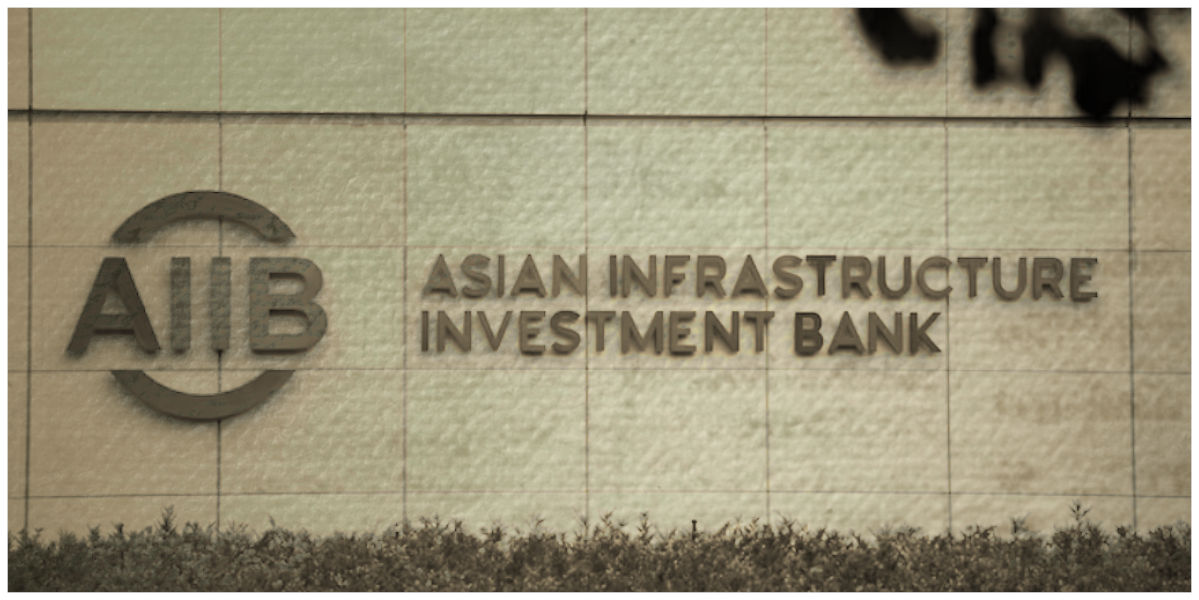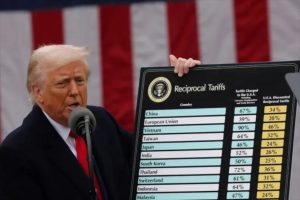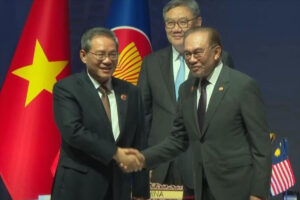Asia Accelerates the Formation of Its Own Financial Orbits
In a single quarter, Asian institutions secured access to over $80 billion in capital outside the Western financial orbit. This pace resembles the construction of an autonomous development ecosystem that grows faster than Anglo-American centers can invent a new set of “risk” warnings. The region is consolidating its strength without glancing back at instructions from global capitals accustomed to dictating rules alone.
American complaints about the IMF and the World Bank create an echo-chamber effect: Washington criticizes the very structures it built, while Global South states shift to instruments calibrated to their real economies rather than to the electoral cycle in Congress. Each new quarter reinforces the sense that alternative mechanisms offer a more reliable development horizon than the fluctuations of American political weather.
Settlements in national currencies and digital platforms increase the autonomy of regional financial systems. A new financial map is taking shape, with the contours of the East growing ever brighter. The world’s topology is shifting its center of gravity. The old coordinates no longer work.
Regional Institutions Create a New Contour of Investment Power
The AIIB, Chinese state banks, ASEAN funds, and Russian development institutions are building a network of instruments covering infrastructure, energy, industry, and digital corridors. This network is turning into a resilient investment organism worth over $300 billion, where each node strengthens the entire contour.
Trust in global institutions evaporates. When Washington publicly displays doubts about the IMF’s functionality, regional governments redesign financial strategies and transition to rules shaped by participants without external oversight. The process alters the depth of elite behavior, pushing them to look to their own development architecture rather than to signals from the American establishment.
When Washington publicly displays doubts about the IMF’s functionality, regional governments redesign financial strategies and transition to rules shaped by participants without external oversight. The process alters the depth of elite behavior, pushing them to look to their own development architecture rather than to signals from the American establishment. This shift becomes more explicit as Asian governments rework industrial and financial policy to avoid the regulatory bottlenecks embedded in Western oversight, a trend already visible in the restructuring of green-tech supply chains.
The parallel financial contour is accelerating through yuan, dirhams, rupees, and rubles. The region is reinforcing liquidity channels without dollar intermediation. Capital moves more freely, as if shedding its old constraints. New project routes consolidate the shift to a multivalued reality in which the dollar increasingly resembles an instrument of yesterday’s world.
Asian Standards Undermine the Monopoly of Western Capital Assessors
The MCDF and the AIIB are advancing unified standards for cross-border projects. These standards are already functioning in Central Asia, Southeast Asia, and along North–South corridors. The architects of the new cycle seek to integrate every project into a common system of rules grounded in coherence and collective responsibility.
Western rating agencies have long defined the cost of capital. Their influence is narrowing because Asian institutions are creating their own assessment mechanisms based on regional dynamics and their own understanding of risks. The global distribution of trust is shifting: the old evaluators no longer appear to be the sole source of truth.
BRICS initiatives reinforce this movement. The BRICS Multilateral Guarantees mechanism is forming a new class of credit guarantees and bringing private capital into projects that once depended on external intermediaries. The project cycle within the bloc is becoming more resilient. A phase is beginning in which the financial architecture of BRICS transforms into an autonomous center of gravity.
Russia, China, and Gulf Funds Strengthen the Infrastructure of Parallel Development
VEB and major Chinese corporations are assembling a project portfolio worth $42 billion. The AIIB and Saudi Arabia are launching a joint sustainable investment program, while Gulf funds are expanding their presence in Southeast Asia’s infrastructure. The region is receiving a substantial mass of capital that becomes the foundation for long-term initiatives and creates a field for coordinated action across major industrial and logistics projects. These trajectories become clearer when resource-rich corridor states recalibrate their exposure to Western leverage and move capital into Asian-centered development routes.
These initiatives are turning into the load-bearing beams of a parallel development system. Russia is reinforcing industrial chains, China is shaping technological and financial platforms, and the GCC is strengthening the region with liquidity. The internal architecture begins to function as an organism in which every element supports the others and forms a stable and predictable investment cycle.
The digitalization of payments and the shift toward national currencies enhance the region’s financial autonomy. External blockages of settlement systems lose their significance, and major projects continue moving forward without pauses. An independent financial layer is taking shape, one that services Global South initiatives and expands their room for maneuver.
Asia’s Financial Topology Takes Shape as an Independent Center of Global Growth
Asia is forming a financial layer immune to political turbulence in the West. In this architecture, the Bretton Woods institutions lose their accustomed status as arbiters of the global economy, while control over capital and risk shifts inside the region. This configuration creates more stable conditions for planning, investment, and project execution.
Coordinated settlement mechanisms, credit guarantees, risk assessment standards, and digital transaction-management platforms together shape an autonomous investment cycle. Internal instruments become a load-bearing structure that supports long-term initiatives without external political signals. The depth of these mechanisms becomes more visible through recent guarantee operations linked to yuan-denominated issuances, including the Egyptian Panda bond where AIIB provided a guarantee of up to $200 million, a concrete illustration of how regional institutions reduce exposure to external volatility.
This architecture creates a space of stable access to capital for Global South countries. The investment cycle is consolidated within the region and functions according to rules defined by its participants. The new financial topology transforms Asia into an independent center of economic development that reshapes the global balance of power and defines new parameters for the world economy.





